What do you think?
Rate this book


7 pages, ebook
First published January 1, 1923
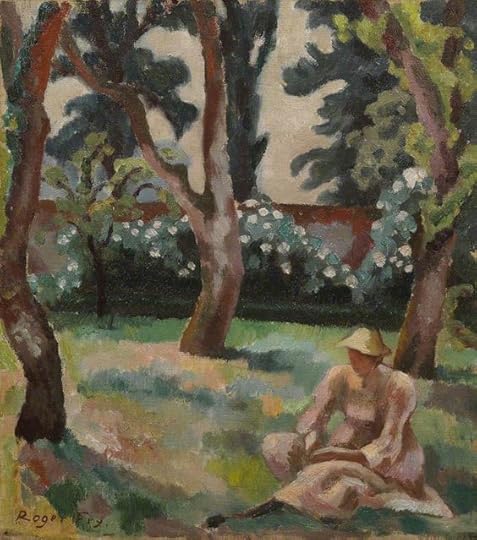
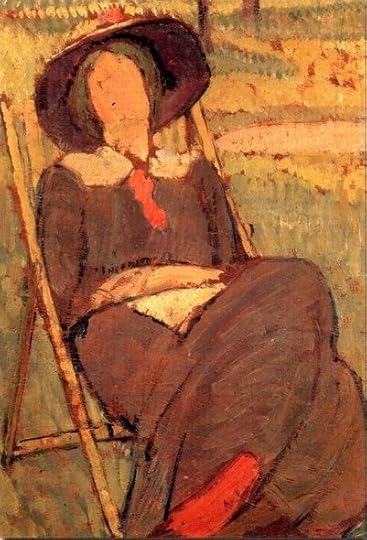
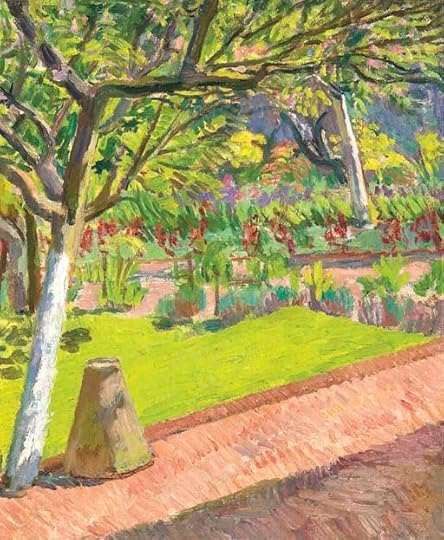
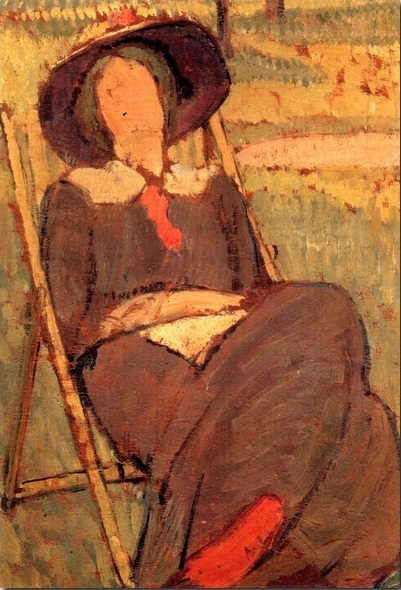
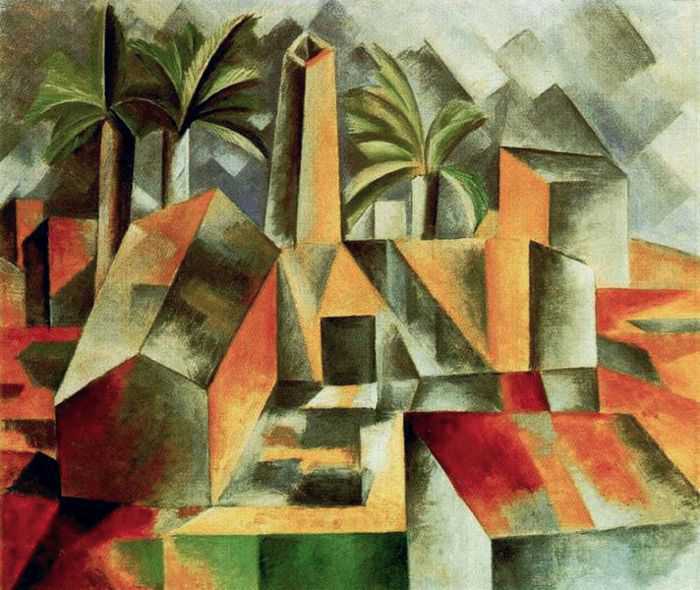

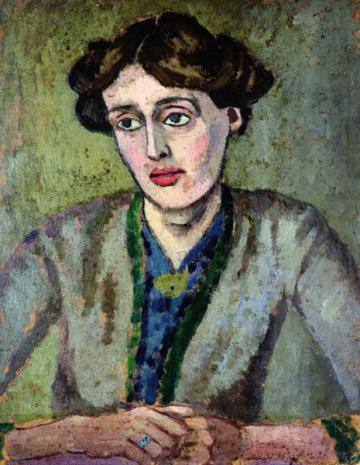
Miranda slept in the orchard, or was she asleep or was she not asleep? Her purple dress stretched between the two apple trees. There were twenty-four apple-trees in the orchard, some slanting slightly, others growing straight with a rush up the trunk which spread wide into branches and formed into round red or yellow drops. Each apple-tree had sufficient space. The sky exactly fitted the leaves.
In what order does sound, thought, and geometry determine the landscape of consciousness? How do we reconcile the physical world with our imagination?
Woolf's short story is concerned with Miranda, who happens to be sleeping in an orchard. While she sleeps, sounds of the bucolic hit her from all directions, pivoting her thought pattern, and shaping her perspective of the world.
We flit back and forth from conscious to unconscious mind, with Woolf herself moving from omniscient narrator to first person character. Only Miranda operates as our locus, and yet she holds no more importance than the rest of the world around her.
There is a great beauty here, and it's the interconnection of all the world through Miranda, even when she isn't aware of it.
‘Ce pays est vraiment un des coins du monde ou le rire des filles eclate le mieux…’